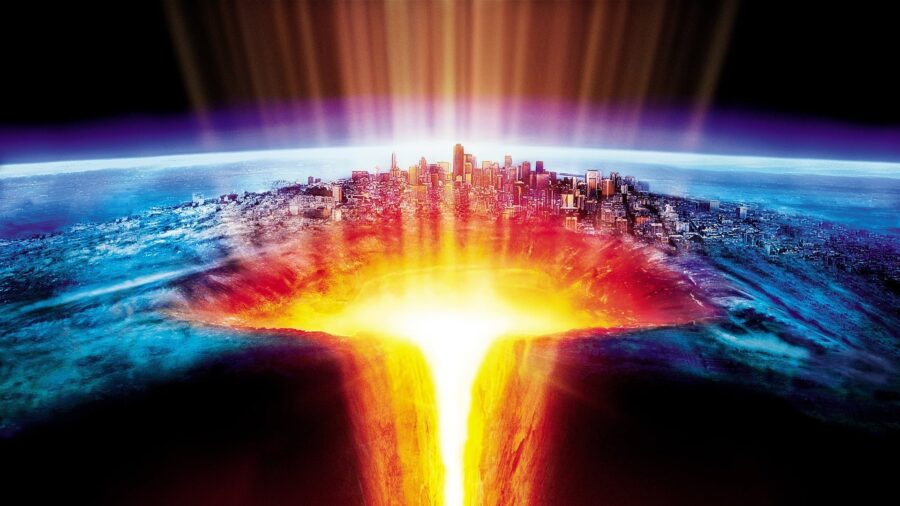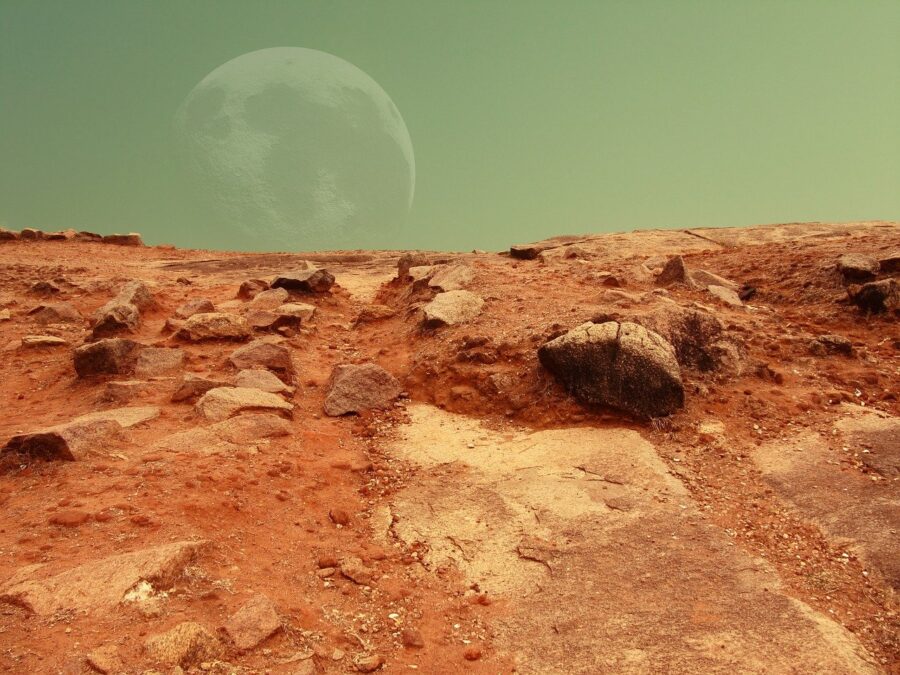The Earth’s Core Is Cooling Too Fast, And It’s A Major Problem
Scientists are starting to think that the Earth's core is cooling at a much faster pace than previously suspected and that's a big problem
This article is more than 2 years old

Anyone who saw the movie The Core all the way back in 2003 probably already knows everything about the inside of the planet already. And if you watched that gem, you know the Earth’s core is pretty darn important to our planet’s survival. The temperatures on the interior are fairly critical to what we’ve got going on up here on the surface. So when you hear that the inside of the planet is cooling at a faster rate than originally expected, it should give you just a little bit of pause around our blue orb’s chance of long-term survival.
The heat at the core of the Earth is important for a number of things, primarily it helps sustain the planet’s magnetic field as well as helps keep surface temperatures relatively in check. The glowing and flowing fiery iron in the Earth’s core is critical life on the planet but that might not be the case forever. And scientists are now suggesting that the temperatures in the core (now roughly 10,000 degrees Fahrenheit) are cooling at a much faster rate than originally anticipated. Basically, they’ve been on the downtrend since the beginning, but the cooling pace is picking up and that’s going to be an issue.
It isn’t possible to measure the exact temperature of the Earth’s core or to track the increases or decreases in a 1:1 type fashion, so scientists have had to come up with different methods to track what exactly is happening there. According to reporting by Science Alert, a group from Switzerland is working to try and measure the temperatures to determine just what, if anything we have to worry about. In a somewhat complicated process, this group superheated crystals to try and replicate the temperature in the mantle in order to see how the heat transfer happened. By doing this they were able to compare it to the differences in temperature we are seeing at the surface. Through their calculations, they came to the conclusion the Earth’s core temperature is dropping at a rate that might not bode well for the planet.

And if you want to see what a planet looks like when there isn’t activity in the core, look no further than Mars which doesn’t have anywhere close to the same activity of the Earth’s core and is a barren landscape. Life can’t thrive in those conditions and that’s the path Earth is likely heading towards with these recent studies. Is it a certainty, no. But there is reason to expect it will happen at some point with the temperatures dropping below the danger point.
The good news is that scientists don’t expect the Earth’s core to cool to the point that we are affected in our lifetime or even the lifetime of immediate generations following us. We will have a chance to screw up the world beyond repair likely much sooner than we need to send a team to the depths to restart the lava flow like in The Core. So that’s how we can look on the bright side of things. We probably just call it kaput in some other way.











